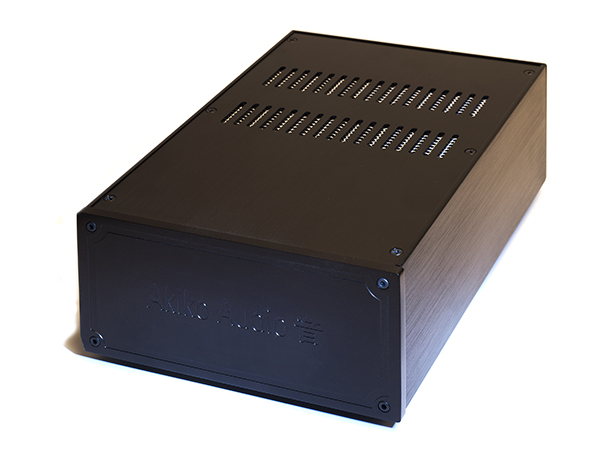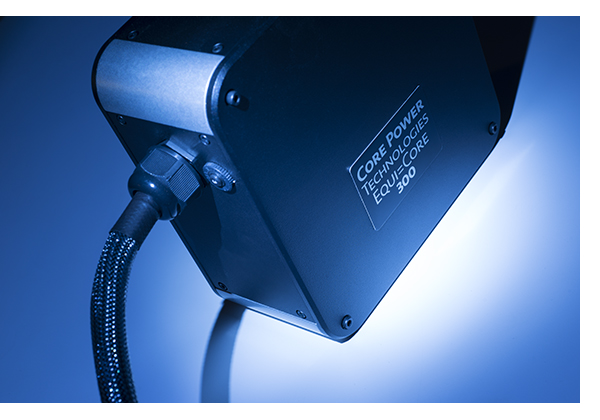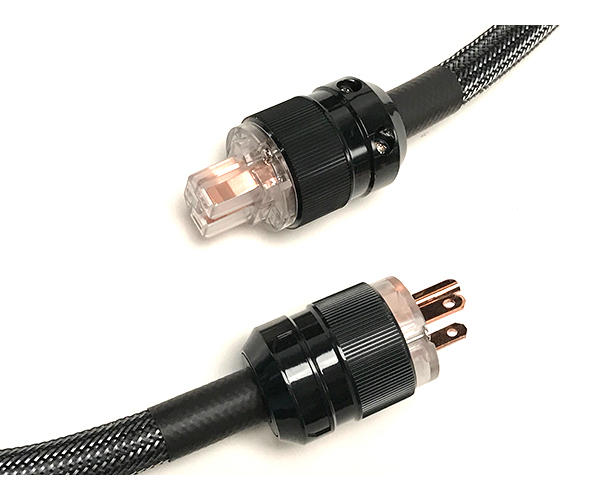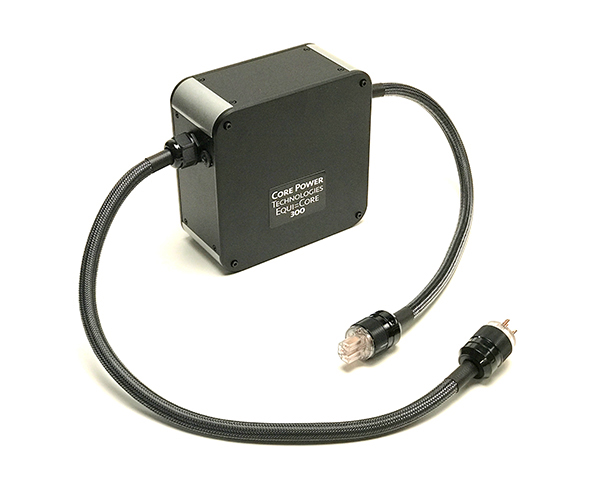 My now departed Kerry Blue Terrier, Harry was the world’s most stubborn dog. When he didn’t want to budge, there was no moving him. He was “You’re going to sit at that table until you eat those Brussel sprouts or you’re going to bed hungry” stubborn. When it comes to audio tweaks, especially anything the least bit fringy, I’m more stubborn and closed minded than my loyal Irish companion ever was.
My now departed Kerry Blue Terrier, Harry was the world’s most stubborn dog. When he didn’t want to budge, there was no moving him. He was “You’re going to sit at that table until you eat those Brussel sprouts or you’re going to bed hungry” stubborn. When it comes to audio tweaks, especially anything the least bit fringy, I’m more stubborn and closed minded than my loyal Irish companion ever was.
I did NOT want to like the Corelli. I didn’t even want to listen to the damn thing. As Robert Neill enthusiastically explained it, my brain was screaming “snake oil.” But I’ve never met a Canadian I didn’t like, so why not give it a spin, eh? I’m still getting guff over the Furutech De Mag I reviewed, bought, and use on a daily, so get out the lighter fluid, let’s make the flame bigger!
Described as a power conditioner, the Corelli does plug into the AC line, there are no outlets to plug your gear into. Akiko Audio claims that the Corelli is “A pioneering reference power conditioner providing your gear with power in a unique way, without the use of electrical components and active power filtering. It reduces noise without negative side effects such as reduced dynamics or natural quality.” They go on to say, “Internally the Corelli is set up with units made of woven carbon, specifically geared to their task. The neutral, phase and grounding are separately treated. An extra fourth unit is responsible for the harmonization of the internal high frequency radiation field. Moreover, the device is stabilized with black resin to repress unwanted microphonic effects adequately.”
Sounds like mumbo jumbo to me. At this point, I still can’t wrap my brain around a power conditioning product that doesn’t cycle power through itself to the products it is supposedly conditioning power for. I look at the Corelli with the same furrowed brow as the big red bird in Angry Birds.
While my big black dog was very stubborn, he was also very curious. If you hid a cookie somewhere in the room, he would always find it, no matter how diligent you concealed it. So, my terrier like curiosity got the best of me. What the hell, I could always either A: send the damn thing back unimpressed, or B: write that scathing, negative review so many of you have been clamoring for all these years. It didn’t take much listening to realize that C: this wasn’t going to happen.
Getting wiggly
Even though weed is legal here in the Pacific Northwest, it’s not something I indulge in often because it makes me sleepy. What fun is that? However, there is a subtle, a-ha shift in your perception as the funny, leafy stuff starts to take effect. There’s that narrow zone between being unaffected and thinking everything in the world is incredibly funny, where the doors of perception are more than subtly altered. This is the effect of the Corelli, you don’t need to ingest anything to get this effect, and you can drive home safely afterwords. Bonus.
Following the instructions, I did plug the Corelli in nearby the system; straight in to the Torus TOT that currently conditions the power for my system. With one outlet still unused, why not?
Cycling through a series of familiar tracks with the Corelli plugged in, listening began again in earnest. Akiko’s power cord was used, as they claim this makes a huge difference in the presentation. It is a well-built power cord, and in all fairness is only a couple hundred bucks, so I can’t get grumpy about this aspect.
The reference system consists of the new Virtuoso Soltanus ESL speakers that have been here for some time, a PrimaLuna HP Integrated with KT150 tubes, Gryphon’s Kalliope DAC, the new Audio Research PH9 phonostage and the Soulines Kubrick DCX turntable with ZYX cartridge. In short, a highly resolving, yet not crazy money system that I’m very familiar with. The enclosed manual states that the Corelli takes a few weeks to stabilize, yet the biggest change will occur in the first day.
That’s the biggest audio understatement I’ve yet heard. For the first fifteen minutes nothing much seems to happen, though my wife made the comment, “Hey it sounds a little smoother, what did you do.?” Then the trip began. As that Tidal playlist continued, I swore that everthing was sounding better, more homogenous, less grainy, more natural.
Going back to the LP’s I had listened to earlier, it was a night and day difference. Three areas made a major improvement; pace/timing, upper frequency smoothness and the size of the three dimensional sound field painted by the Virtuosos. For $2,000 with power cord, sign me up.
Trying not to be taken in, I unplugged the Corelli and removed it from the system and things shut back down to pre-conditioning levels. A few game-on, game-off cycles later, combined with torturing a few good audiophile buddies, we’ve all heard the same basic effect. Just like that damn De-Mag.
At the end of the test session, I’m definitely keeping the Corelli around. I still can’t really explain why or how it works, but it does.
Laugh if you must
I’m hoping that because we don’t write about tweaks here on a regular, super expensive cables, or anything else in that arena, that you will consider giving the Akiko Corelli a try in your system. They offer a money back guarantee, so you’ve got nothing to lose. But I’m pretty sure you won’t send it back.
The Akiko Audio Corelli Power Conditioner
$1,995 with power cord
www.akikoaudio.com (manufacturer)
www.worldwidewholesales.com (North America Distributor)

















